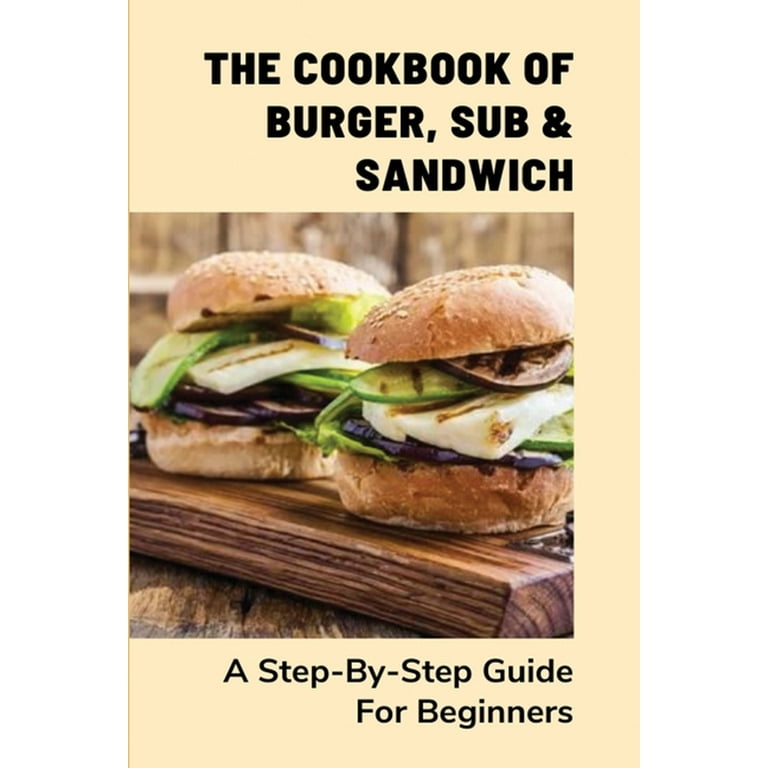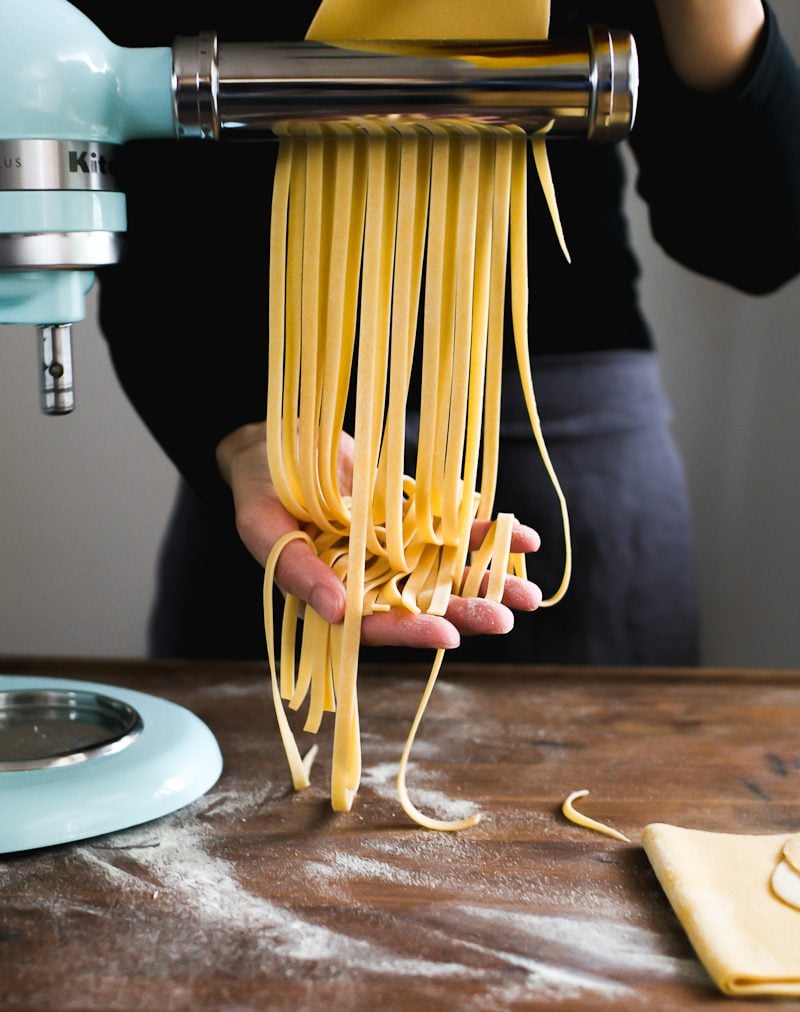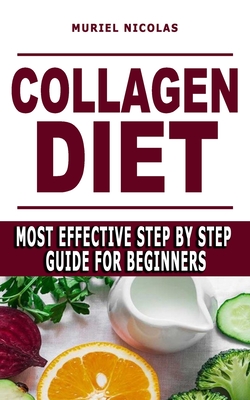How To Make Can Food: A Step-by-step Guide For Beginners

canning is a great way to preserve food and extend its shelf life. It’s a relatively simple process, but it’s important to follow the instructions carefully to ensure that your food is safe to eat. In this guide, we’ll teach you everything you need to know about how to can food, from choosing the right equipment to storing your canned goods.

How to Make Canned Food
Canning is a great way to preserve food and extend its shelf life. It’s a relatively simple process, but it’s important to follow the instructions carefully to ensure that your food is safe to eat. In this section, we’ll provide a step-by-step guide on how to can food, including the necessary equipment, ingredients, and safety precautions.
- Equipment: You will need a canner, jars, lids, and bands.
- Ingredients: You can can a variety of foods, including fruits, vegetables, and meats.
- Safety precautions: It is important to follow the instructions carefully to ensure that your food is safe to eat.
Step 1: Prepare the food
The first step is to prepare the food that you want to can. This may involve washing, peeling, and cutting the food into pieces.
Step 2: Fill the jars
Once the food is prepared, you can fill the jars. Be sure to leave about 1 inch of headspace at the top of each jar.
Step 3: Add the liquid
Next, you will need to add liquid to the jars. This can be water, juice, or a combination of both. Be sure to leave about 1 inch of headspace at the top of each jar.
Step 4: Seal the jars
Once the jars are filled, you will need to seal them. This can be done using a canner or a boiling water bath.
Step 5: Process the jars
The final step is to process the jars. This involves heating the jars in a canner or a boiling water bath for a specific amount of time. The processing time will vary depending on the type of food that you are canning.
| Canning Method | Processing Time |
|---|---|
| Boiling water bath | 10-15 minutes |
| Pressure canning | 20-30 minutes |
FAQs about Canning
Q: What are the benefits of canning?
A: Canning is a great way to preserve food and extend its shelf life. It can also help you to save money and eat healthier.
Q: What are the risks of canning?
A: Canning can be dangerous if it is not done properly. Improper canning can lead to foodborne illness.
Q: How can I avoid the risks of canning?
A: You can avoid the risks of canning by following the instructions carefully and using proper equipment.

Methods of Canning
There are three main methods of canning: boiling water bath, atmospheric steam, and pressure canning.
- Boiling water bath canning is the simplest method and is suitable for high-acid foods such as fruits, tomatoes, and pickles. The jars are filled with food and then sealed with a lid. The jars are then placed in a boiling water bath for a specific amount of time. This method is not suitable for low-acid foods such as vegetables, meat, and fish, as these foods can spoil if they are not processed at a high enough temperature.
- Atmospheric steam canning is similar to boiling water bath canning, but the jars are placed in a steamer instead of a boiling water bath. This method is also suitable for high-acid foods. Atmospheric steam canning is a good option for people who do not have a pressure canner.
- Pressure canning is the only safe method for canning low-acid foods. The jars are placed in a pressure canner, which heats the food to a high enough temperature to kill bacteria and spores. Pressure canning is a more complex process than boiling water bath canning or atmospheric steam canning, but it is the only safe method for canning low-acid foods.
| Canning Method | Suitable for |
|---|---|
| Boiling water bath canning | High-acid foods |
| Atmospheric steam canning | High-acid foods |
| Pressure canning | Low-acid foods |
No matter which canning method you choose, it is important to follow the instructions carefully to ensure that your food is safe to eat. You can find more information on canning at the National Center for Home Food Preservation website: https://nchfp.uga.edu/
Safety Precautions
Canning is a safe way to preserve food, but it is important to follow certain safety precautions to avoid the risk of foodborne illness.
- Use clean equipment. All of the equipment you use for canning, including the jars, lids, and canner, should be clean and free of bacteria. Wash the jars and lids in hot soapy water and rinse them thoroughly. Sterilize the jars by boiling them in water for 10 minutes. Sterilize the lids by boiling them in water for 5 minutes.
- Use fresh food. The food you can should be fresh and free of spoilage. Do not can food that is bruised, dented, or moldy.
- Follow the instructions carefully. Each canning method has its own set of instructions. Be sure to follow the instructions carefully to ensure that your food is processed correctly.
- Store canned food properly. Canned food should be stored in a cool, dark place. Do not store canned food for more than one year.
If you have any questions about canning, please contact your local Cooperative Extension office or the National Center for Home Food Preservation.
Storage and Shelf Life
Canned food can be stored for long periods of time, but the storage time will vary depending on the type of food and the canning method used.
- High-acid foods canned in a boiling water bath can be stored for up to one year.
- High-acid foods canned in an atmospheric steam canner can be stored for up to six months.
- Low-acid foods canned in a pressure canner can be stored for up to two years.
It is important to store canned food in a cool, dark place. Do not store canned food for more than one year, even if the food is still sealed. If a can is bulging, leaking, or has any other signs of spoilage, do not eat the food. Discard the can and its contents.

Safety Precautions
Use Clean Equipment
Before you start canning, it’s important to make sure all of your equipment is clean. This includes the jars, lids, and canner. Wash everything in hot, soapy water and rinse it thoroughly.
- Jars: Wash the jars in hot, soapy water and rinse them thoroughly. Sterilize the jars by boiling them in water for 10 minutes.
- Lids: Wash the lids in hot, soapy water and rinse them thoroughly. Sterilize the lids by boiling them in water for 5 minutes.
- Canner: Wash the canner in hot, soapy water and rinse it thoroughly.
Use Fresh Food
The food you can should be fresh and free of spoilage. Do not can food that is bruised, dented, or moldy.
Fresh food will help to ensure that your canned food is safe to eat.
Follow the Instructions Carefully
Each canning method has its own set of instructions. Be sure to follow the instructions carefully to ensure that your food is processed correctly.
If you do not follow the instructions carefully, your food may not be safe to eat.
| Canning Method | Instructions |
|---|---|
| Boiling water bath canning | Fill the jars with food and seal them with a lid. Place the jars in a boiling water bath for a specific amount of time. |
| Atmospheric steam canning | Fill the jars with food and seal them with a lid. Place the jars in a steamer for a specific amount of time. |
| Pressure canning | Fill the jars with food and seal them with a lid. Place the jars in a pressure canner for a specific amount of time. |
Store Canned Food Properly
Canned food should be stored in a cool, dark place. Do not store canned food for more than one year.
If you store canned food properly, it will be safe to eat for a long time.

Storage and Shelf Life
Once you’ve canned your food, it’s important to store it properly so it stays safe to eat. Store canned food in a cool, dark place. The ideal temperature is between 50 and 70 degrees Fahrenheit. Avoid storing canned food in areas that are too hot or too cold, as this can affect the quality of the food.
The shelf life of canned food varies depending on the type of food and the canning method used. High-acid foods, such as fruits and tomatoes, can be stored for up to one year. Low-acid foods, such as vegetables and meats, can be stored for up to two years.
| Type of Food | Shelf Life |
|---|---|
| High-acid foods | Up to one year |
| Low-acid foods | Up to two years |
It’s important to check the can before eating the food. If the can is bulging, leaking, or has any other signs of spoilage, do not eat the food. Discard the can and its contents.
- Related: How to Make Pancakes
- Related: How to Boil Eggs

FAQs about Canning
Q: What are the benefits of canning?
A: Canning is a great way to preserve food and extend its shelf life. It can also help you to save money and eat healthier.
Q: What are the risks of canning?
A: Canning can be dangerous if it is not done properly. Improper canning can lead to foodborne illness.
Q: How can I avoid the risks of canning?
A: You can avoid the risks of canning by following the instructions carefully and using proper equipment.
- Related: How to Make Strawberry Juice
| Canning Method | Suitable for |
|---|---|
| Boiling water bath canning | High-acid foods |
| Atmospheric steam canning | High-acid foods |
| Pressure canning | Low-acid foods |
Q: How long does canned food last?
A: The shelf life of canned food varies depending on the type of food and the canning method used. High-acid foods, such as fruits and tomatoes, can be stored for up to one year.
Low-acid foods, such as vegetables and meats, can be stored for up to two years.
- Related: How to Make Pancakes

Final Thought
Canning is a great way to preserve food and extend its shelf life. It’s a relatively simple process, but it’s important to follow the instructions carefully to ensure that your food is safe to eat. By following the tips in this guide, you can safely can your favorite foods and enjoy them for months to come.



